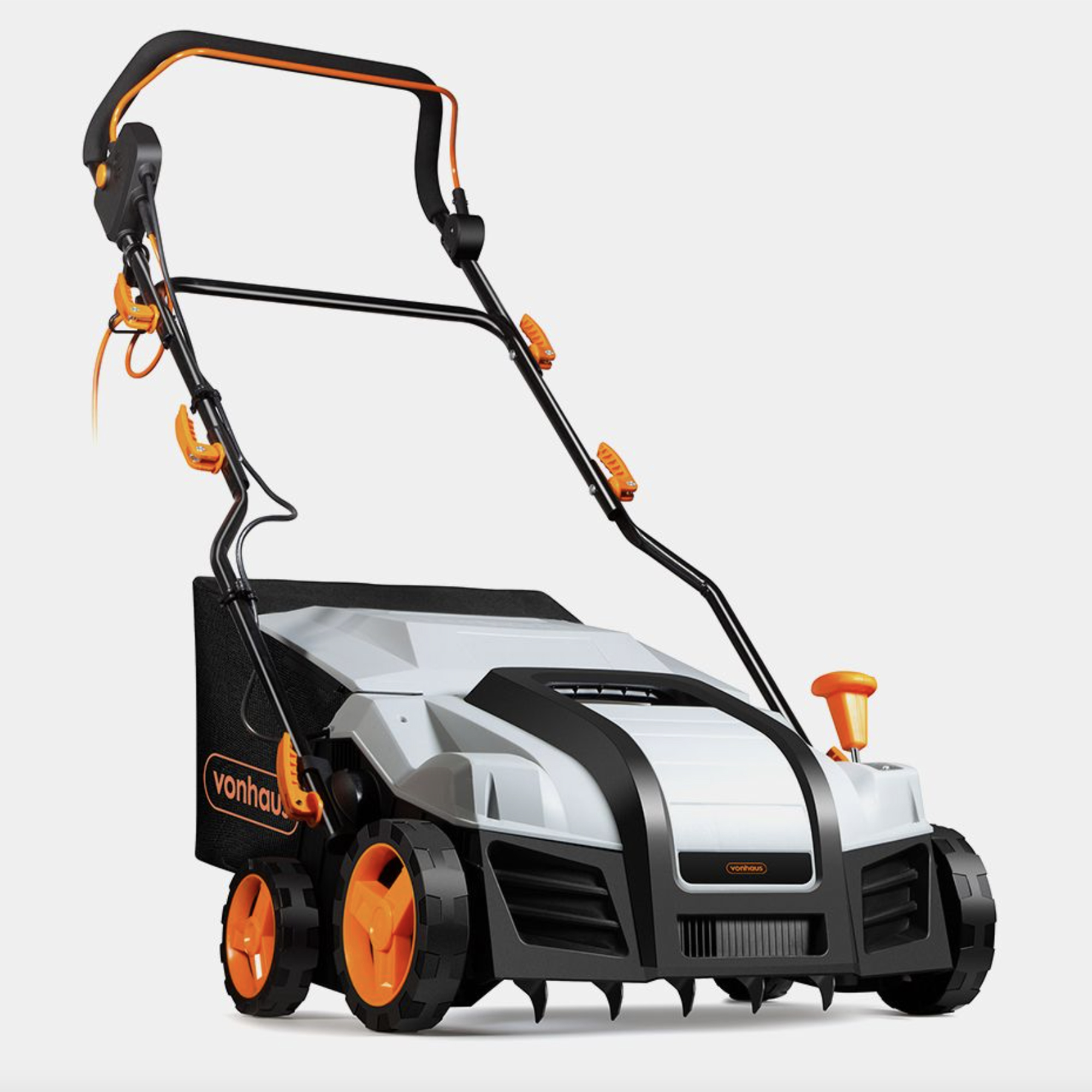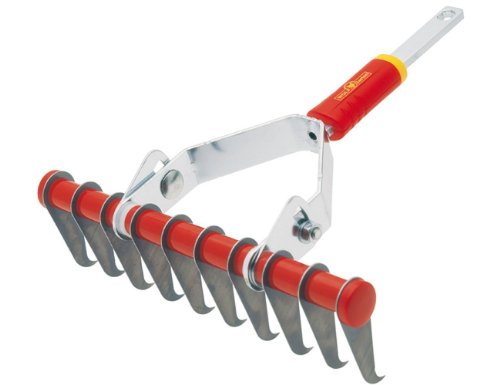The best time to scarify a lawn according to experts - and why doing it too early can cause damage
Knowing when to scarify at the optimum time will help give your lawn a health boost for the season ahead
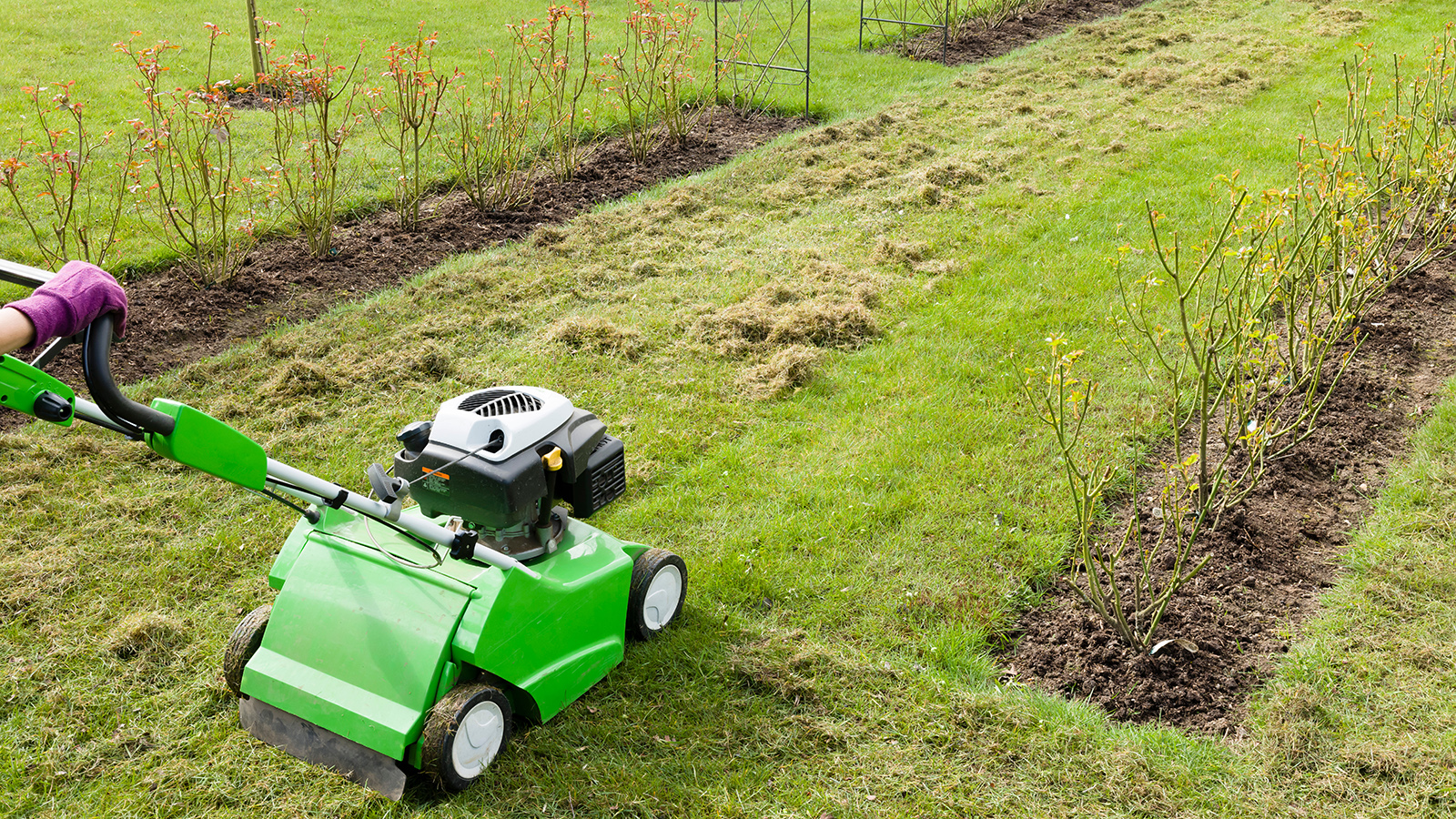
Scarifying your lawn at the wrong time can be ineffectual at best, and at worst can cause damage to your lawn which can be tricky to row back from.
Though experts agree that spring and autumn are the best times of year to scarify a lawn, in recent years we've been experiencing milder weather over the winter months which can cause some confusion as to when certain jobs should take place in our gardens.
There are particular conditions which are favourable to scarifying and, similarly, those periods of weather which should be avoided.
When to scarify a lawn
"Scarifying is a necessary lawn care task to keep grass healthy throughout the year. If done at the right time, it can be an effective process for removing debris and thatch from your lawn," explains Peter Chaloner, lawncare expert at Cobra.
That said, scarification can be a harsh process which leaves patches, and is best done during spring, or as part of autumn lawn care, when the grass is still growing and it will have the chance to recover more quickly.
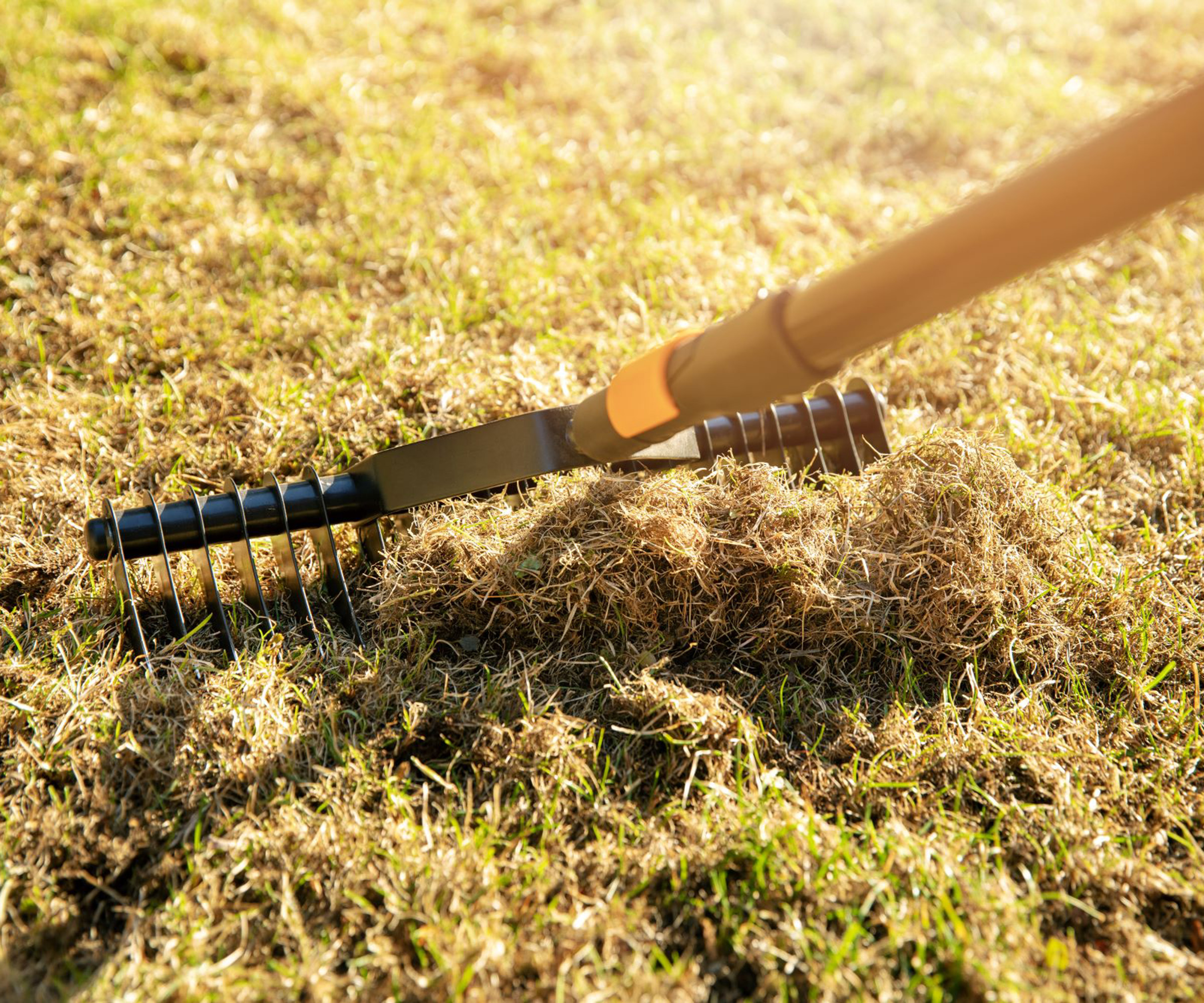
Scarifying in spring
"Scarifying in spring is a great way to help the grass recover from the intensity of the winter months and lower temperatures, preparing it for the year ahead, making it greener and looking its best," says Peter Chaloner.
"Scarification cuts into the grass pulling up any thatch, gets rid of moss and debris that may have built up over the months, which helps to improve the airflow to the roots and encourages better draining, resulting in greater growth."
"March and April will be a good time to conduct some light scarifying before the warm weather arrives, to remove the layer of thatch that may have built up over the winter," Peter advises.
Scarifying in autumn
Intensive scarifying should be conducted in autumn. "Between September and October, when the soil is still warm, to get a lawn looking its best for next summer," says Peter Chaloner.
"It is also best to combine scarification with other maintenance tasks such as aerating, overseeding and fertilising a lawn to ensure the best results."
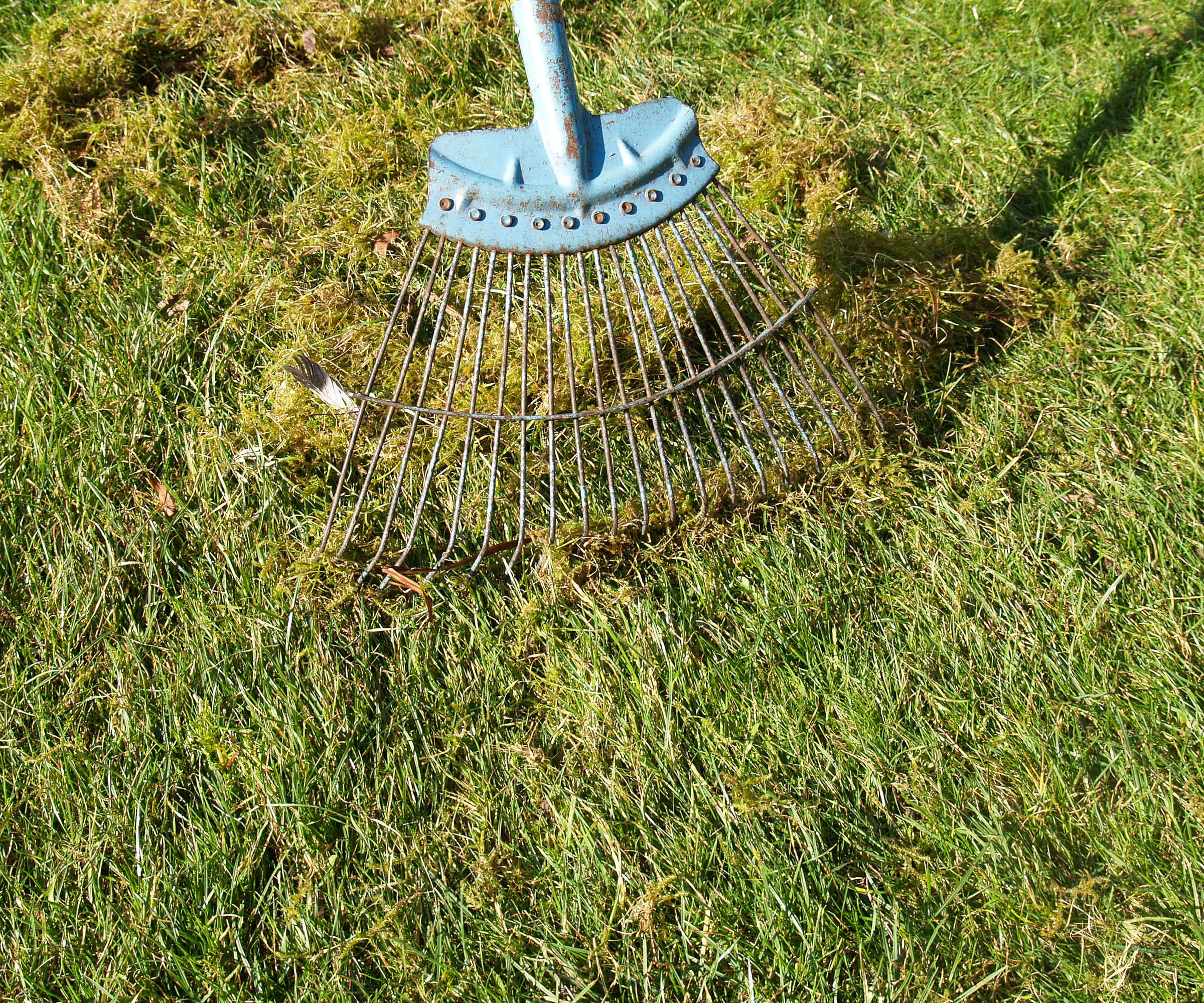
Shop scarifiers online
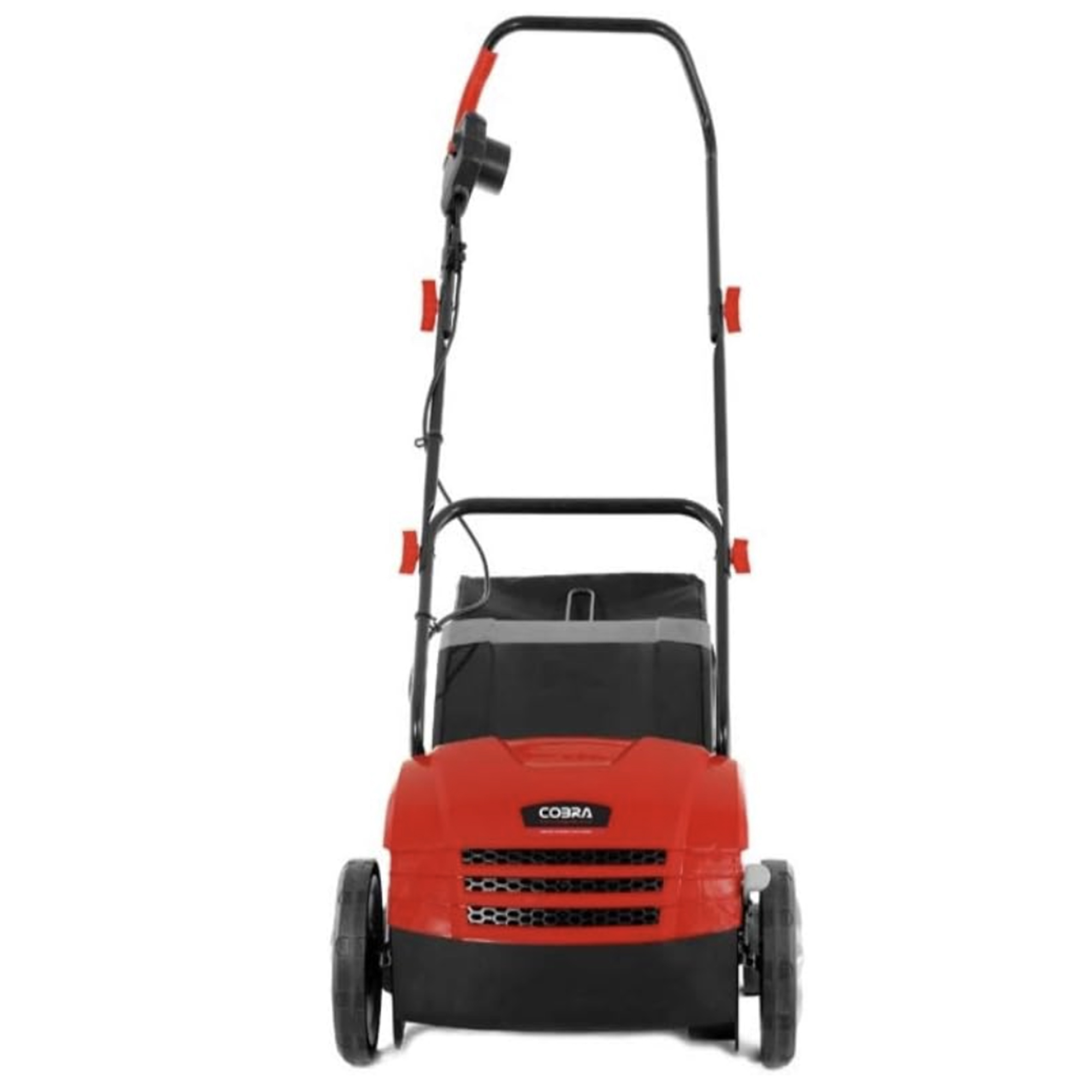
A lightweight 2-in-1 scarify and aerator. The electric scarifier will collect the grass in a 30ltr capacity drum.

Peter Chaloner is the Managing Director of Cobra, one of the UK's leading brands of garden machinery. He is a passionate enthusiast when it comes to lawn care and seasonal gardening tasks.
Conditions for scarifying
According to lawncare expert Jane Dobbs, you shouldn't scarify a wet lawn, as it can damage the grass and compact the soil. "Let the ground dry before scarifying. If a lawn is newly seeded, wait until it establishes itself before scarifying. Typically, it takes a year for the grassroots to grow," says Jane.
Check the weather too as it's better to scarify when there isn't any rain forecast for a day or two after. "Rain right after scarification can wash away the debris and ruin your work," says Jane.
When the grass is actively growing, scarifying is most effective. If you scarify during active growth, as with the first lawn cut of the year, the grass will recover more quickly and you can also sow grass seed in any bare patches left by scarification.
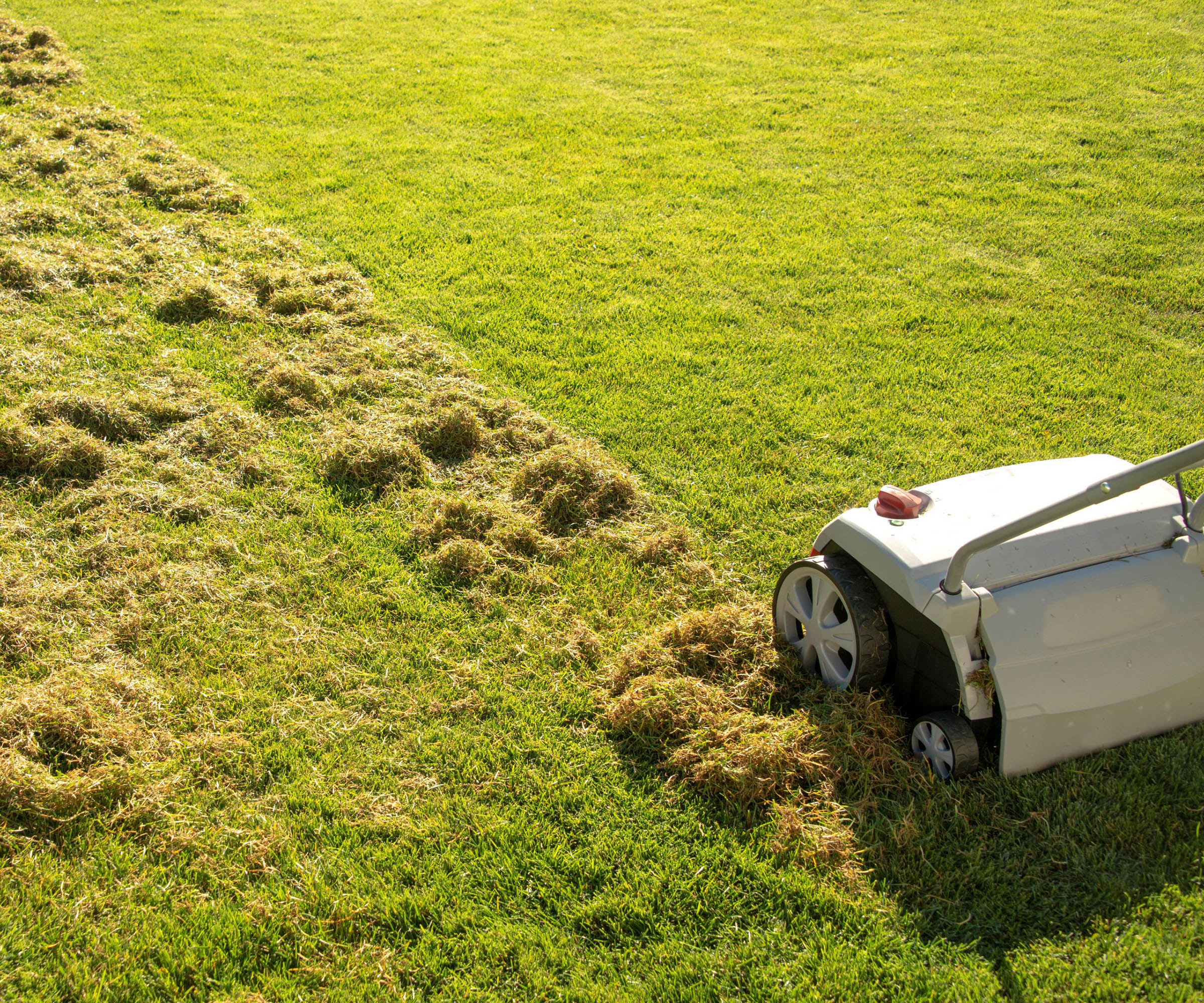
When not to scarify a lawn
“There are certain situations when it may not be the best time to scarify a lawn. Scarifying during dry conditions or extremely hot weather can put undue stress on the grass, harming its overall health," says Peter Chaloner.
"Similarly, scarifying a frozen or waterlogged lawn can damage the grass blades and root system. Additionally, if you have recently overseeded your lawn, it's best to wait until the new grass has established itself before scarifying."
How long does it take for grass seed to grow? "It typically takes several weeks to a couple of months for the new grass to become strong enough to withstand the process," he says.
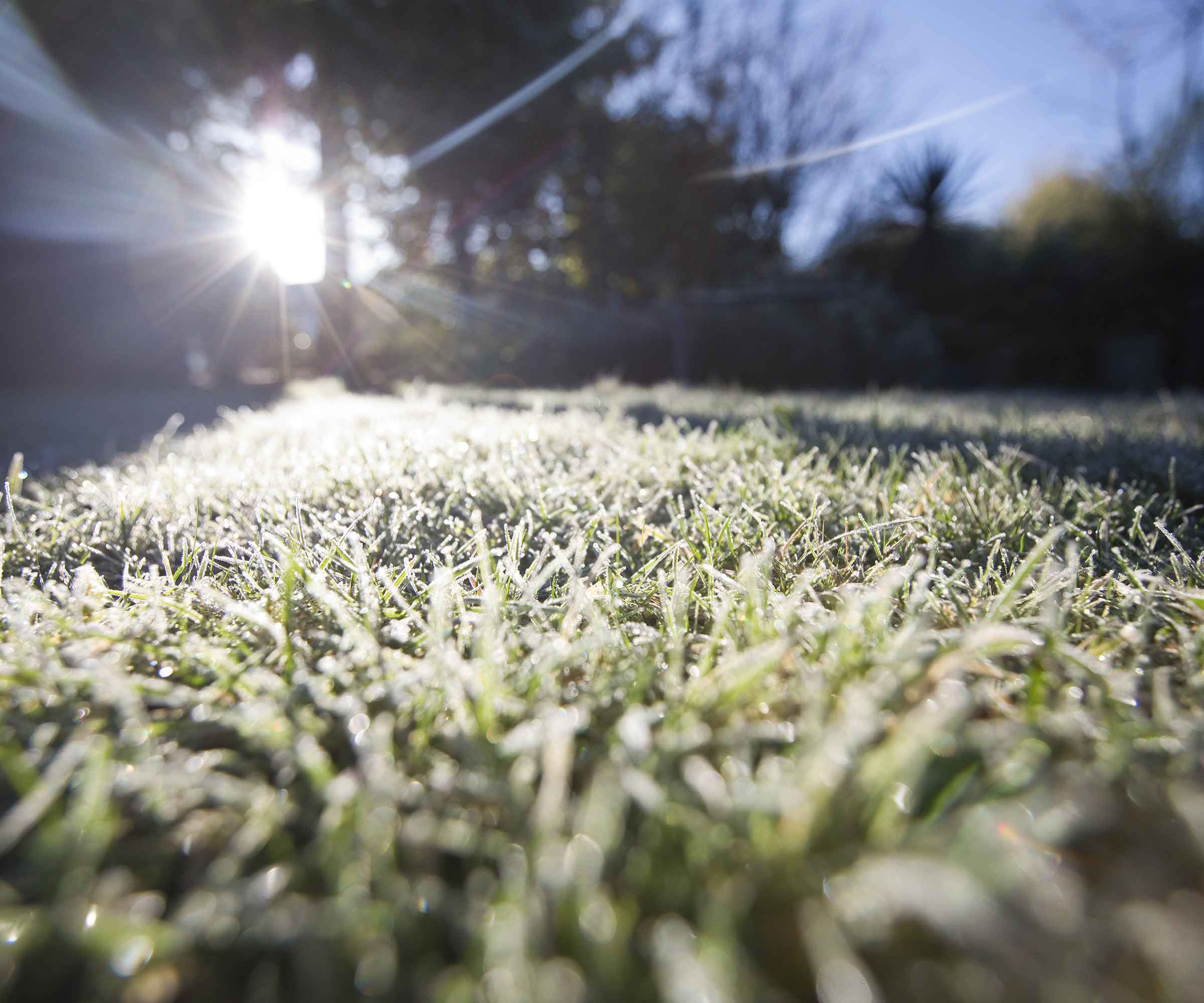
FAQs
Which month should I scarify my lawn?
"The best time to scarify a lawn is during periods of active grass growth to ensure quick recovery. This typically means early spring (March and April) or early autumn (September and October). In spring, it helps remove winter debris and prepares the lawn for the year ahead," says Cheryl Harper, Managing Director at Greensleeves Lawn Care.
'In autumn, it cleans up after summer growth and helps the lawn recover before winter. Avoid scarifying in the peak of summer or the dead of winter when the grass is stressed or dormant," says Cheryl.

Cheryl Harper is the Managing Director of Greensleeves Lawn Care a UK-wide lawn care business with over 100 locations. For over 25 years, the business has treated over 100,000 lawns across the UK.
How often should you scarify a lawn?
“In the UK, scarifying a lawn is typically recommended once or twice a year, usually in the spring and autumn. The frequency can depend on factors such as the type of grass, soil condition, and level of thatch buildup," says Peter Chaloner.
"Spring scarification helps remove any dead grass and thatch accumulated over the winter, while autumn scarification prepares the lawn for winter by reducing thatch and allowing better air circulation. However, it's essential to assess the condition of your lawn before scarifying to avoid causing damage.”
Is it better to scarify wet or dry grass?
As with cutting wet grass, it's not advisable to scarify a lawn when it's damp. “We recommend waiting until lawns are dry before scarifying, and it’s best to wait a few days after rainfall to let the grass dry out. This protects the root from being pulled up in the process, making sure that only the thatch and dead grass is removed,” says Peter Chaloner.
Scarifying your lawn will not only improve the health of your lawn but also its appearance. To finish off the look, try some neat lawn edging ideas.
Get the Homebuilding & Renovating Newsletter
Bring your dream home to life with expert advice, how to guides and design inspiration. Sign up for our newsletter and get two free tickets to a Homebuilding & Renovating Show near you.

Teresa was part of a team that launched Easy Gardens in 2018 and worked as the Editor on this magazine. She has extensive experience writing and editing content on gardens and landscaping on brands such as Homes & Gardens, Country Homes & Interiors and Living Etc magazine. She has developed close working relationships with top landscape architects and leading industry experts, and has been exposed to an array of rich content and expertise.
In 2020 Teresa bought her first home. She and her partner worked alongside architects and builders to transform the downstairs area of her two bedroom Victorian house in north London into a usable space for her family. Along the way she learned the stresses, woes and joys of home renovation, and is now looking to her next project, landscaping the back garden.
